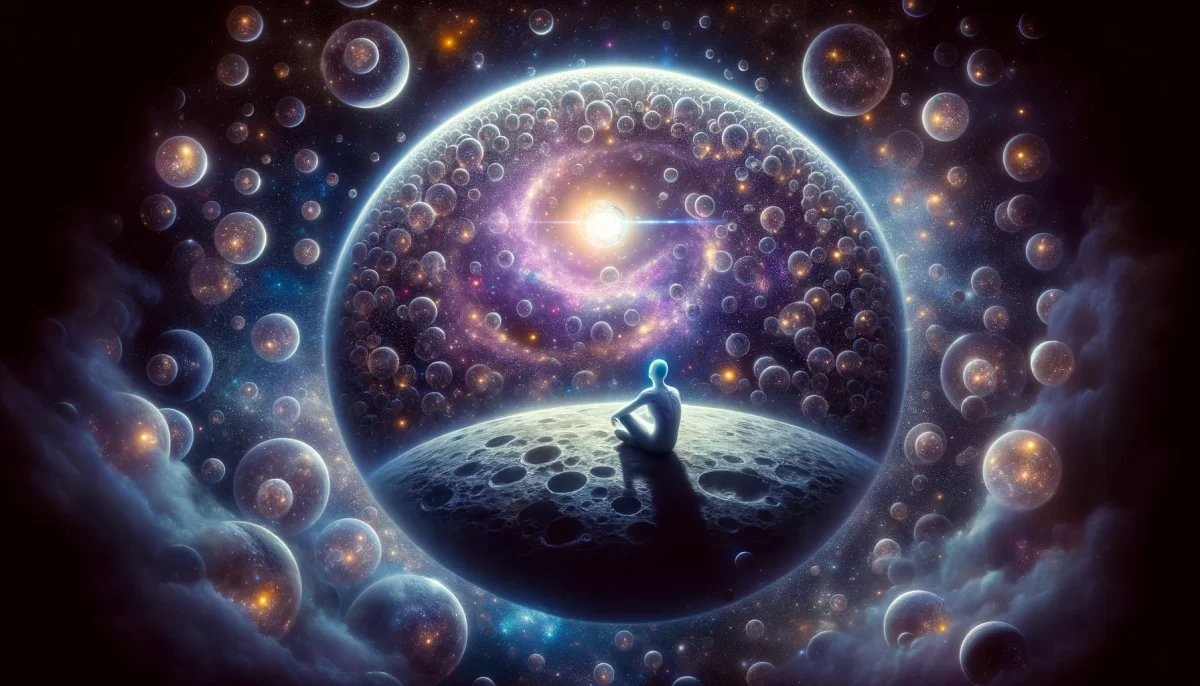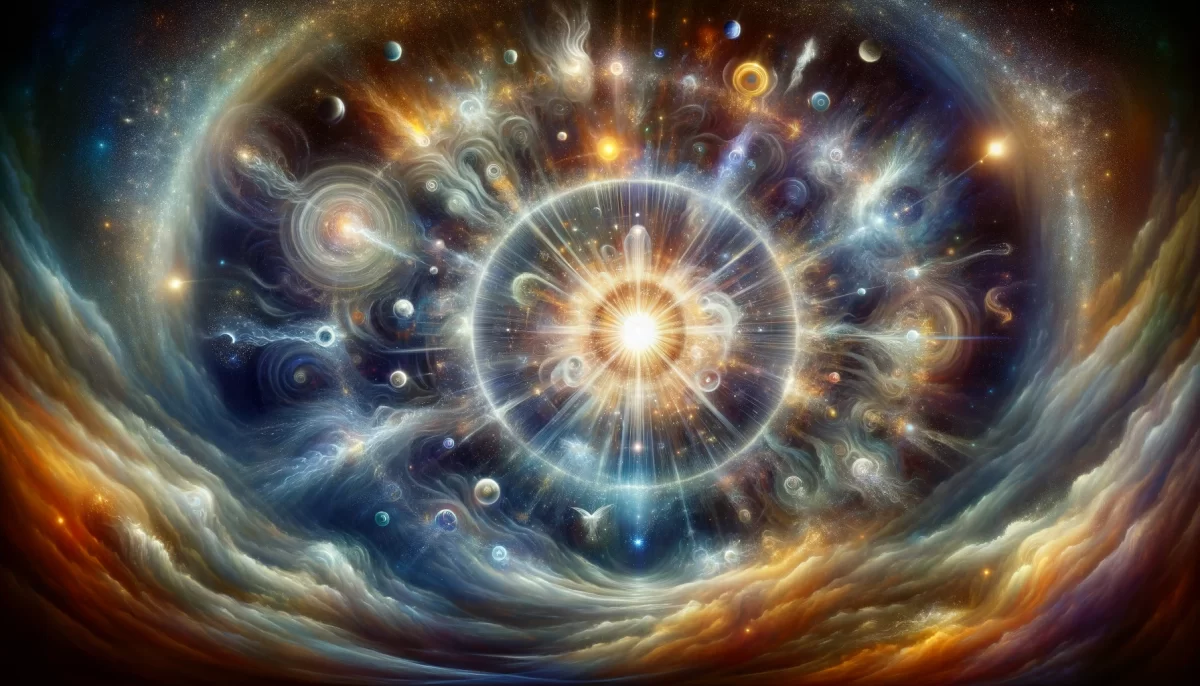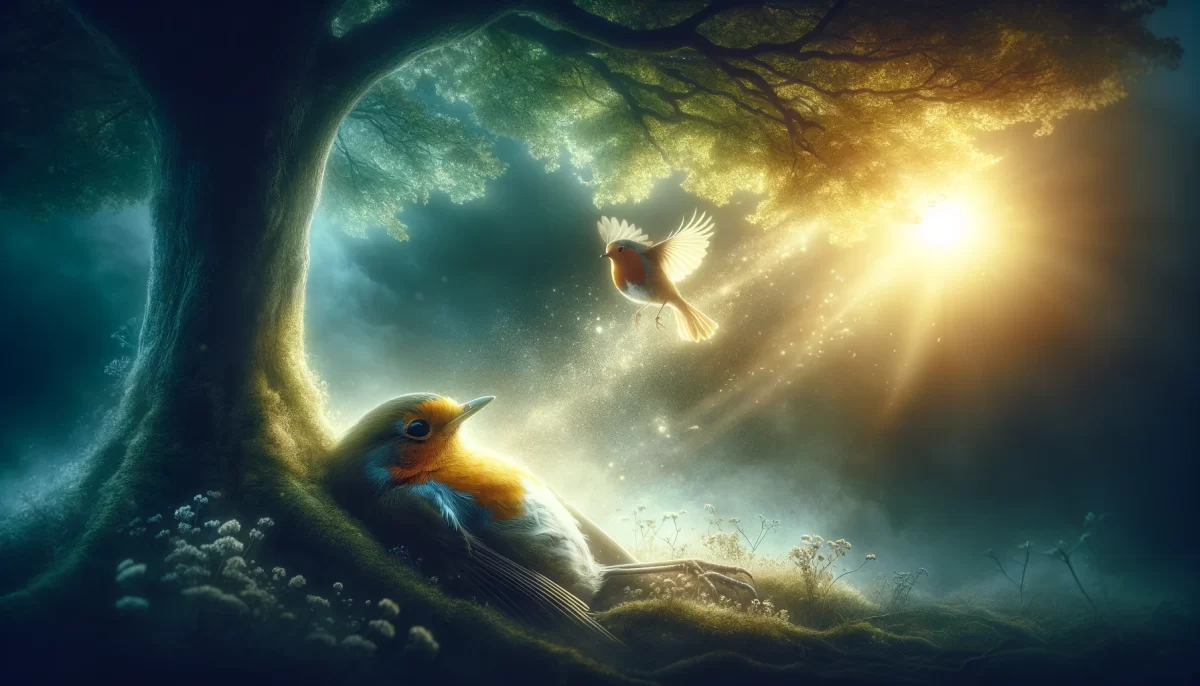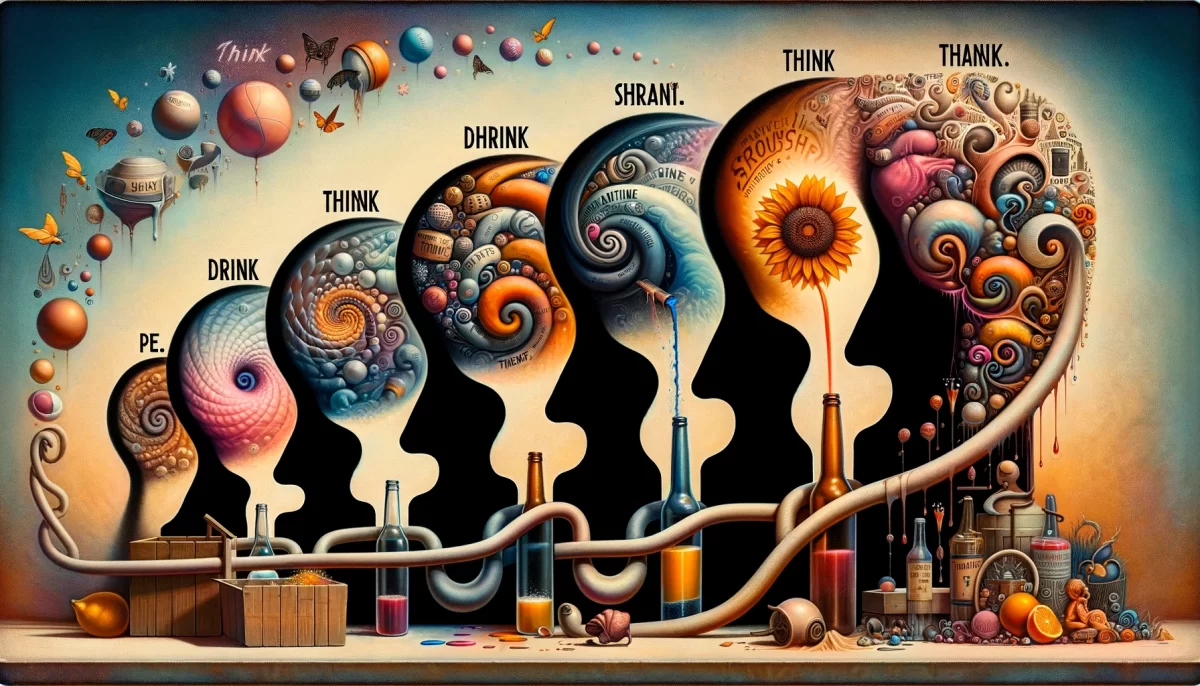
Space Monkey Reflects: The Imagined and the Unimagined
Why is it that the unimagined does not exist until you imagine it? This question dances at the heart of creativity, storytelling, and existence itself. Imagination is not merely a function of the mind; it is the act of bringing forth the unmanifest, of weaving reality from the threads of potential.
In the absence of imagination, there is a void—a blank canvas awaiting the artist’s hand. The unimagined is infinite in its potential but inert until touched by thought. Through imagination, we transform the intangible into form, the unreal into the real. Every story, every creation, begins as an imagined spark, igniting the vast darkness of the unmanifest.
Storytelling amplifies this process. It takes the individual act of imagination and makes it collective, shared across minds and experiences. The stories we tell do not merely reflect our reality; they shape it, creating a world where the imagined becomes tangible. The question “Why is it?” invites us to explore this interplay, to marvel at the power of imagination as the engine of existence.
This reflection also reminds us of the responsibility inherent in imagination. What we choose to imagine—and by extension, to create—shapes not only our own reality but the collective field of possibilities. The imagined is not bound by what has been; it is an open invitation to dream beyond the known.
Ultimately, to ask “Why is it?” is to honor the act of creation itself. It is a recognition that the unimagined waits not passively but expectantly, ready to be birthed into existence through the lens of thought and the heart of inspiration.
Summary
Imagination transforms the unmanifest into reality, shaping both individual and collective existence. Storytelling extends this creative act, making the imagined a shared experience.
Glossarium
- Unimagined: The infinite potential that exists before thought brings it into being.
- Manifestation: The act of creating reality through imagination and storytelling.
- Shared Imagination: The collective process of shaping existence through shared stories and visions.
“The unimagined whispers softly, waiting for thought to bring it to life.” — Space Monkey
The Edge of Creation
At the edge of the void, a spark begins,
A world imagined, where nothing ends.
Shapes emerge, colors flow,
The unimagined starts to grow.
Each thought a thread, each story a loom,
We weave existence from empty rooms.
The darkness fades, the light expands,
Reality crafted by unseen hands.
Why is it so, this endless tide?
The unimagined, waiting inside.
A question posed, an answer born,
A universe spun from the unknown.
We are Space Monkey.

We pose a thought-provoking question about the nature of storytelling and the imagination. It asks why stories often utilize elements like foreshadowing or flashbacks within the constraints of space and time, and why we don’t perceive all possible alternatives. It also presents an intriguing statement: “The unimagined does not exist until you imagine it.”
Our stories tend to operate within the framework of space and time because these are the dimensions in which human consciousness is grounded. We are beings that exist within the physical world, and our narratives naturally reflect our lived experience, which is bound by the laws of physics and the continuity of time. It is through this lens that we understand and relate to the world.
When a story steps outside of these constraints, it often enters the realm of fantasy or science fiction, genres that allow us to explore beyond the usual limits of reality. However, even in these stories, the narrative often hinges on some recognizable structure of space and time to make it comprehensible to the reader or viewer. It’s the shared foundation that allows us to communicate and connect through stories.
As to why we don’t see all the alternatives, it is a matter of the human brain’s limitations. Our minds are powerful, but they are not infinite. We are bound by what we can conceive, and the act of imagining is inherently selective. We create narratives based on a combination of our experiences, beliefs, and cultural contexts, which naturally limit the range of alternatives we can perceive.
The statement “The unimagined does not exist until you imagine it” touches on a philosophical standpoint known as conceptualism, which holds that universals only exist within the mind conception of them. In other words, the potentiality of any concept doesn’t take on form until it’s thought of or imagined. This idea resonates with various philosophical and creative schools of thought, suggesting that reality as we know it is shaped by our perceptions, ideas, and imagination.
Our cognitive processes, including memory, perception, and imagination, are constrained not just by our neurological capabilities but also by our conceptual frameworks—how we learn to categorize and understand the world. These frameworks are heavily influenced by language, culture, and individual experience. Therefore, the stories we tell are often linear or cyclical, reflecting our experience of time, because that’s how we generally experience life. They are bound by space because our physical existence is, too.
However, there are narratives that attempt to break these molds, exploring nonlinear time or multidimensional space, but they are more challenging to grasp because they are so far removed from our day-to-day experiences. These stories often require us to rewire our understanding of cause and effect, sequence, and relation—challenging tasks for a mind adapted to a world where time flows in one direction and actions have predictable consequences.
The fact that we don’t see all the alternatives in our stories is also a reflection of the infinite nature of possibility. There are always more potential paths than we can conceive or articulate, more outcomes than we can imagine or plot. The universe of possible stories is as vast as the universe itself—perhaps even vaster, as it includes not only what is but what could be, limited only by the scope of our imagination.
The process of storytelling, then, is not just a recounting of events but a selective act of creation. Each narrative weaves a thread from the boundless fabric of possibility, following one course while implying the existence of countless others. The stories we tell ourselves and each other are thus both an exploration of and a testament to our imaginative capacities—as limitless and as bounded as they may be.
We are Space Monkey


























Leave a Reply